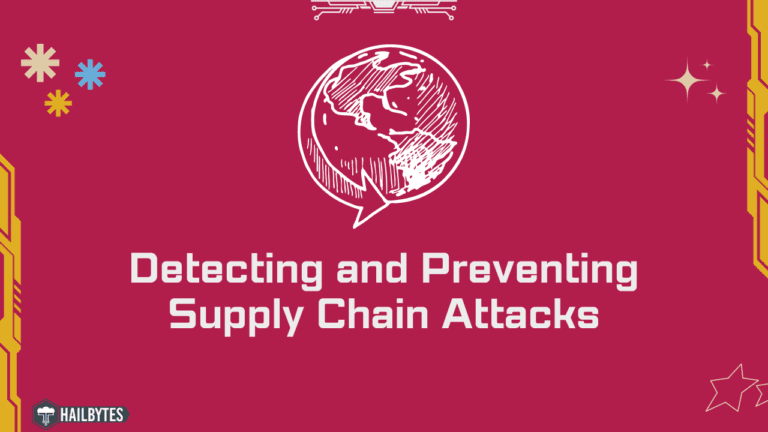Detecting and Preventing Supply Chain Attacks

Introduction
Supply chain attacks have become an increasingly common threat in recent years, and they have the potential to cause widespread harm to businesses and individuals alike. A supply chain attack occurs when a hacker infiltrates the systems or processes of a company’s suppliers, vendors, or partners, and uses this access to compromise the company’s own systems. This type of attack can be particularly dangerous because the point of entry is often difficult to detect, and the consequences can be far-reaching. In this article, we’ll explore the key aspects of supply chain attacks, including how they are carried out, how to detect them, and how to prevent them.
How to Detect Supply Chain Attacks:
Supply chain attacks can be difficult to detect because the point of entry is often well hidden within the systems of a company’s suppliers or partners. However, there are several steps that companies can take to detect supply chain attacks, including:
- Monitoring the supply chain: This can be done by regularly reviewing the systems and processes of suppliers and partners to ensure they are secure.
- Conducting regular security assessments: This can help to identify any vulnerabilities in the supply chain and reduce the risk of attack.
- Implementing security tools: Companies can use security tools, such as intrusion detection systems (IDS) and intrusion prevention systems (IPS), to monitor their systems for signs of attack.
How to Prevent Supply Chain Attacks:
Preventing supply chain attacks requires a multi-layered approach that covers the entire supply chain, from suppliers and partners to internal systems and processes. Some key steps to preventing supply chain attacks include:
- Implementing strong security measures: Companies should ensure that their suppliers and partners have strong security measures in place, such as secure passwords and firewalls, to prevent unauthorized access.
- Conducting regular security audits: Regular security audits of suppliers and partners can help to identify any potential risks and vulnerabilities in the supply chain.
- Encrypting sensitive data: Companies should encrypt sensitive data, such as financial information and customer data, to prevent it from being stolen in the event of a supply chain attack.
Conclusion
In conclusion, supply chain attacks are a growing threat that have the potential to cause widespread harm to businesses and individuals alike. To detect and prevent these attacks, companies need to take a multi-layered approach that covers the entire supply chain, including suppliers, partners, and internal systems and processes. By taking these steps, companies can reduce the risk of supply chain attacks and ensure the security and privacy of their data.







